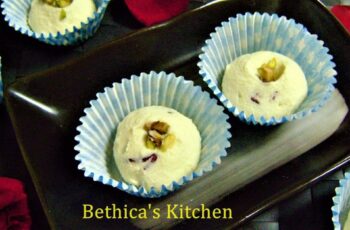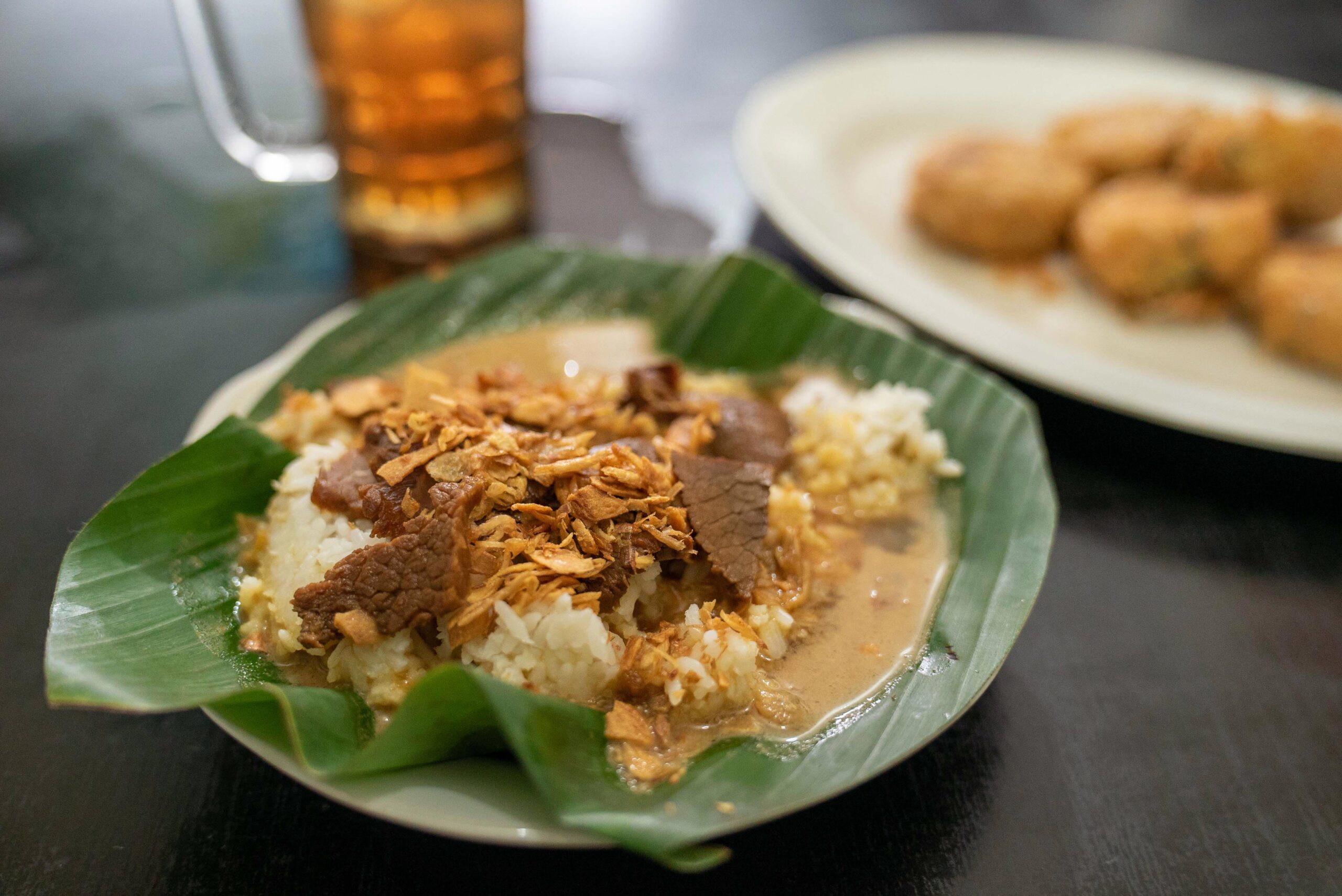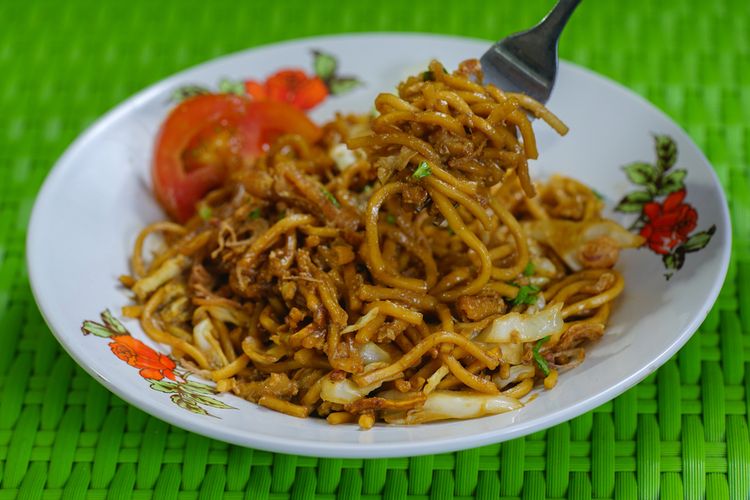
Of course. Here is a 1,200-word article about Bakmi Jawa.
Bakmi Jawa: The Slow-Cooked Symphony of Javanese Comfort
On a cool Javanese evening, as the tropical sun gives way to a dusky, purple-tinged sky, a familiar aroma begins to drift through the air. It’s a scent that is at once smoky, savory, and deeply comforting—the unmistakable perfume of charcoal fire meeting a seasoned wok. This is the herald of Bakmi Jawa, a dish that is not merely food, but a cultural institution, a nightly ritual, and a tangible expression of the Javanese soul.
For the uninitiated, Bakmi Jawa, which literally translates to "Javanese Noodles," might seem like just another noodle dish in a region famous for them. But to reduce it to such a simple definition would be to miss its profound essence. It is a slow-cooked masterpiece, a culinary tradition steeped in patience, and a comforting embrace in a bowl. Originating from the royal heartlands of Central Java, particularly Yogyakarta and Surakarta (Solo), Bakmi Jawa is the antithesis of modern fast food. It is a dish that demands you to slow down, to wait, to savor, and to understand that the best things in life cannot be rushed.
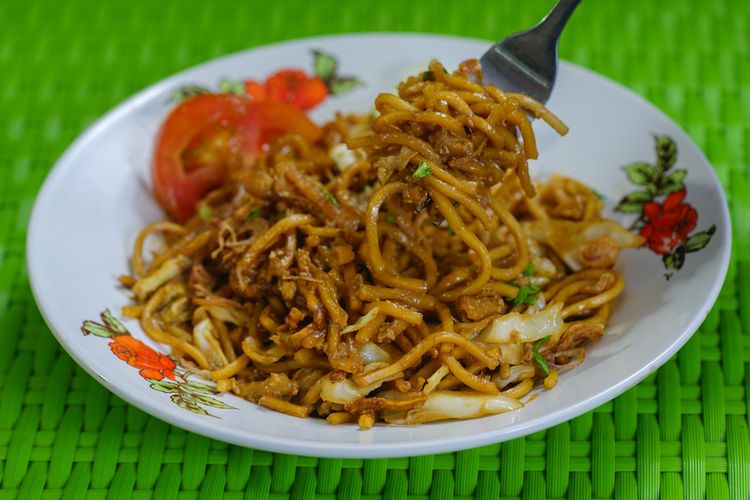
The Holy Trinity: Godhog, Goreng, and Nyemek
Unlike a singular, standardized recipe, Bakmi Jawa exists as a family of preparations, a "holy trinity" that caters to every noodle lover’s preference. Each vendor, often operating from a humble wooden cart (gerobak) or a simple roadside eatery (warung), will ask you a crucial question: "Godhog, goreng, or nyemek?" Your answer determines the journey your taste buds are about to take.
Bakmi Godhog (Boiled Noodles): This is perhaps the most iconic and soul-soothing version. Godhog means "boiled," and the dish is essentially a rich, brothy noodle soup. The yellow egg noodles are simmered in a flavourful, often slightly cloudy chicken broth, cooked to order over a charcoal fire. The broth, which is the heart of the dish, is a testament to the art of slow cooking. It’s infused with a delicate blend of spices like garlic, shallots, and candlenut, and carries the deep, savory flavor of ayam kampung (free-range chicken). Served piping hot, often with billowing steam carrying its aromatic promise, Bakmi Godhog is the ultimate comfort food—a warm, liquid hug on a cool night.
Bakmi Goreng (Fried Noodles): In stark contrast to its soupy sibling, Bakmi Goreng is a drier, more intensely flavored affair. The noodles are stir-fried in a searingly hot wok, again over a charcoal brazier. This method imparts a distinct smoky aroma known as aroma asap, a Javanese equivalent to the Cantonese wok hei. The noodles are tossed with a sweet-and-savory mixture of sweet soy sauce (kecap manis), garlic, and spices, which caramelize in the heat, clinging to every strand. The result is a dish with a robust, smoky profile, where the flavor is concentrated and every bite is a powerful burst of umami.
Bakmi Nyemek (Moist Noodles): For those who find themselves torn between the comforting broth of godhog and the intense flavor of goreng, there is Bakmi Nyemek. The term nyemek in Javanese means "puddled" or "moist," perfectly describing its consistency. It is the sublime middle ground. The noodles are cooked with just enough broth to create a thick, luscious gravy that coats the noodles without being soupy. It offers the best of both worlds: the concentrated, smoky flavor of the fried version, softened and enriched by a velvety, sauce-like broth. For many connoisseurs, nyemek is the pinnacle of the Bakmi Jawa experience.
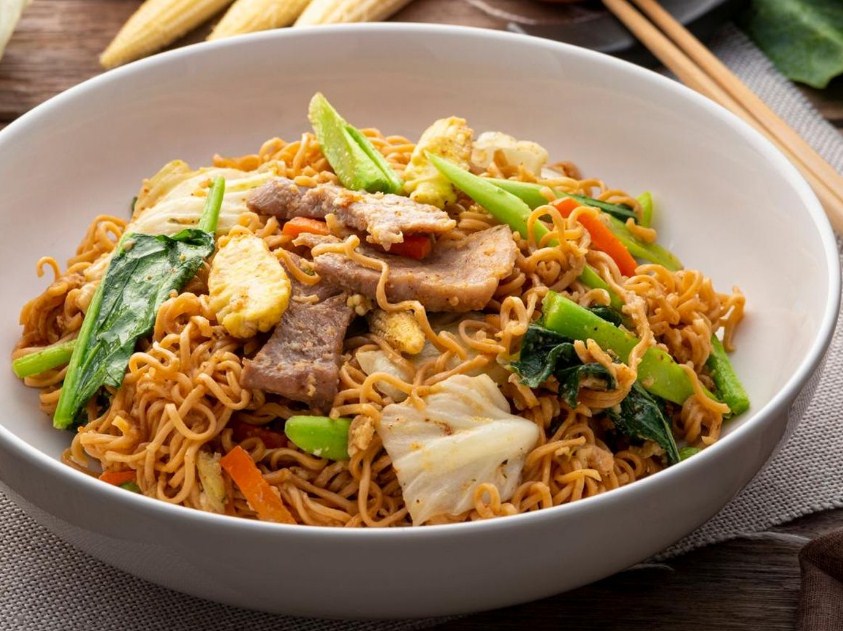
The Anatomy of a Masterpiece
The magic of Bakmi Jawa lies not in a complex list of exotic ingredients, but in the quality and harmony of a few simple, well-chosen components.
At its core is the Ayam Kampung. Unlike commercially raised broiler chickens, these free-range birds lead active lives, resulting in leaner, firmer meat and bones that yield a broth with unparalleled depth and a cleaner, more complex flavor. The chicken is typically boiled to make the stock, then shredded and added to the dish.
The noodles themselves are crucial. They are typically fresh, yellow egg noodles with a firm, springy texture that holds up well to both boiling and frying, absorbing the flavors of the broth or sauce without turning mushy.
The eggs are another defining feature. Many traditional vendors prefer to use duck eggs over chicken eggs. Duck eggs have a larger, richer yolk, which lends a creamier texture and a more pronounced flavor when scrambled into the dish. The egg is often swirled into the hot wok, creating soft, savory curds that weave through the noodles.
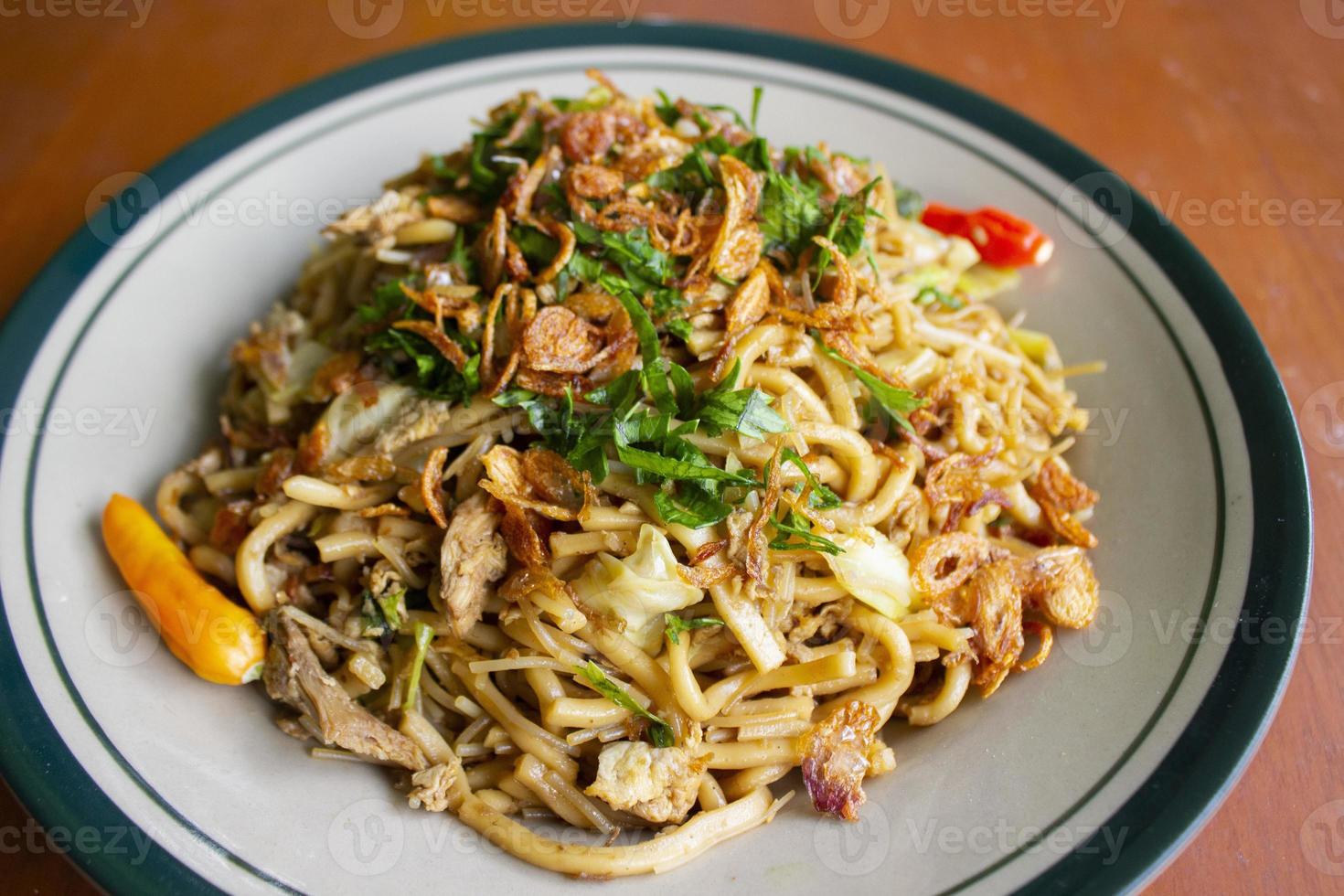
The supporting cast of vegetables—typically shredded cabbage, celery, and spring onions—adds freshness, sweetness, and a subtle crunch that balances the richness of the dish. Finally, the crowning glory is a generous sprinkle of bawang goreng (crispy fried shallots), which provides a final flourish of fragrant, savory crunch.
The Ritual of Creation: Fire, Patience, and Artistry
What truly elevates Bakmi Jawa from a simple meal to a culinary event is the cooking process itself. The most authentic vendors shun gas stoves in favor of the traditional anglo, a small, earthenware or metal charcoal brazier. The anglo provides a slow, consistent heat that is difficult to replicate. The glowing charcoal embers don’t just cook the food; they perfume it, infusing every ingredient with that signature smokiness that is the dish’s soul.
The cook, or penjual, is an artisan. You will never see a Bakmi Jawa master cooking in large batches. Each portion is prepared individually, one at a time, in a well-seasoned wok (wajan). This painstaking process ensures that every single plate receives the cook’s full attention. They stand over the anglo, a hand-held fan gently coaxing the embers to the right temperature, their movements deliberate and practiced. This dedication to single-portion cooking is a philosophy in itself. It’s a quiet rebellion against the rush of modern life, a commitment to quality over quantity.
This is why a visit to a popular Bakmi Jawa warung often involves a long, patient wait. Customers understand and respect this ritual. They sit on simple wooden benches, sipping hot tea, chatting quietly, and watching the master at work. The wait is part of the experience, building anticipation for the reward to come. It reflects the Javanese cultural value of alon-alon asal kelakon—"slowly, as long as it gets done."

More Than a Meal: A Taste of Home
For Indonesians, especially those with Javanese roots, Bakmi Jawa is steeped in nostalgia. It’s the taste of childhood, of late-night family gatherings, of sharing a meal with friends under the stars. It represents a connection to a simpler time, to the warmth of community, and to the enduring traditions of their homeland.
To eat Bakmi Jawa is to partake in a complete sensory experience. It’s the sound of the metal spatula clanging against the wok, the sight of sparks flying from the charcoal, the smell of the smoky broth, and finally, the taste of a dish that is simultaneously simple and complex, humble and profound. It is a dish that nourishes not just the body, but the spirit.
In a world that is constantly accelerating, Bakmi Jawa remains a beautiful, delicious reminder of the virtues of slowing down. It is proof that sometimes, the most memorable flavors are not born from haste and convenience, but from fire, patience, and a deep, abiding love for tradition. It is, and always will be, the slow-cooked symphony of Javanese comfort.
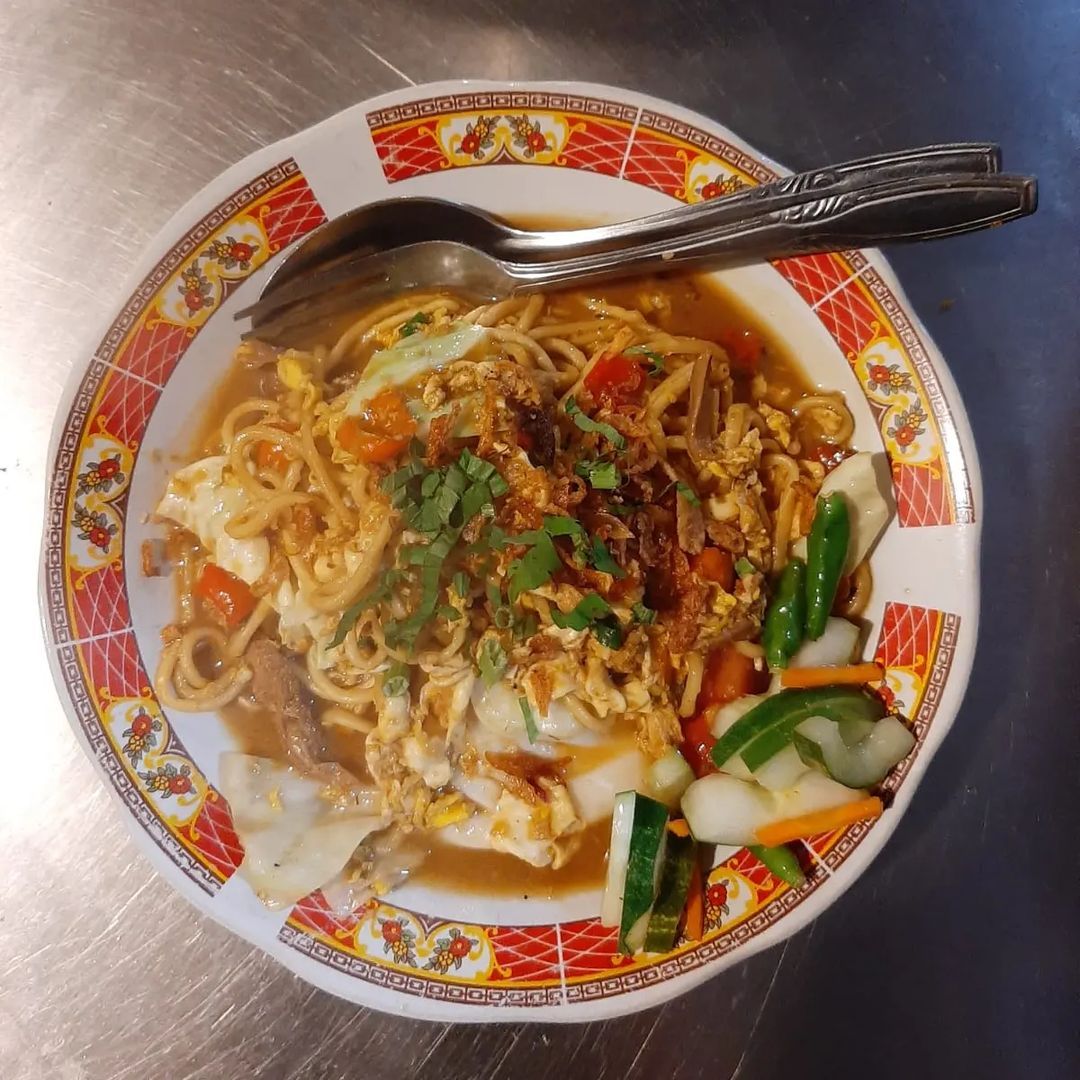

All about Bakmi Jawa – Javanese Noodles pictures collections gallery
All about Bakmi Jawa – Javanese Noodles is a nice pictures and stock photo for your computer desktop or your smartphone device (ipad, tablet, blackberry, iphone, and other device) and also for your personal use. Free available for desktop wallpaper or additional image collections for your all needs. And was uploaded by admit at date July 1, 2025. You can download it in your computer by clicking download button to save image... have nice day and have fun guys..
This 1 image in featured post from 0 Photos/images Gallery and awesome picture selections about All about Bakmi Jawa – Javanese Noodles is available to download. "Download & Save" images/pictures/wallpapers now and this Is one of the post that listed in packed to Category is Foods directory, with image dimension/resolution size is 750 × 500 px and size image/picture file is 61 KB with original link post ID is : https://powae.pw/of-course-here-is-a-1200-word-article-about-bakmi-jawa/. Get download/save images in post and gallery, "download" images or "preview" it on a bigger image for spesification sample in Large size (full attachment size) here : [Download & View to Large size]. Just Simple way, in thumbnail or in Gallery. *Click images to view Large Size.We collect this wonderful image from online and choose one of the best for you. Pictures collection that posted here was carefully chosen and published by author after choosing the ones which are best among the others. So, ultimately we make it and here these list of best image for your inspiration and informational reason regarding the All about Bakmi Jawa – Javanese Noodles as part of blogsite exclusive updates collection. So, take your time and find the best informations and pictures posted here that suitable with your needs and use it for your own collection and personal use. About Image information: Image has been submitted and You are able to give your opinion as evaluations to our web site value.
Don't forget to comment if you interest with this images, you can share this post to social media like as facebook, twitter, google+, pinterest, stumbleupon, and more. just click social media buttons for share this post All about Bakmi Jawa – Javanese Noodles Now. :)
Thanks for your visit, I hope you happy come to opo wae, wis opo wae, and get what you're looking for. And hope sometimes you will come back again here. All you need to do is help us develop by discussing this All about Bakmi Jawa – Javanese Noodles if you like it "leave your comment". have fun, Thank you.



